Endangered animal species capture our fascination and concern, highlighting the delicate balance of our planet’s ecosystems. These remarkable creatures, often teetering on the brink of extinction, each possess unique traits and stories that underscore the urgency of conservation efforts. Discovering intriguing facts about these endangered animals not only broadens our understanding but also emphasizes the importance of protecting our natural world for future generations.
Amur Leopard’s Population in the Wild
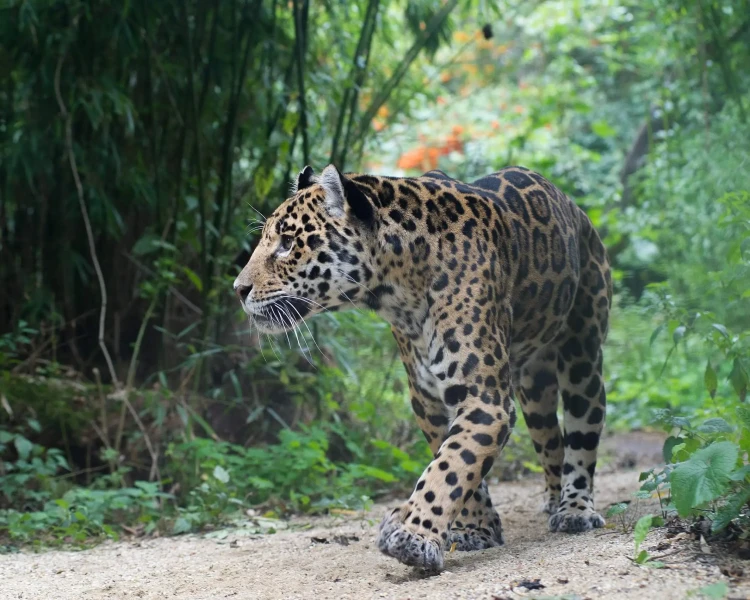
The Amur leopard, known for its strikingly beautiful coat, is one of the rarest big cats in the world. With an estimated 100 individuals left in the wild, this species faces a high risk of extinction due to habitat loss and poaching. Their dense, rosette-patterned fur is highly prized, driving illegal hunting despite conservation efforts. People believe that saving the Amur leopard is crucial for maintaining biodiversity in its native regions of Russia and China.
Vaquita Porpoise’s Critically Low Numbers
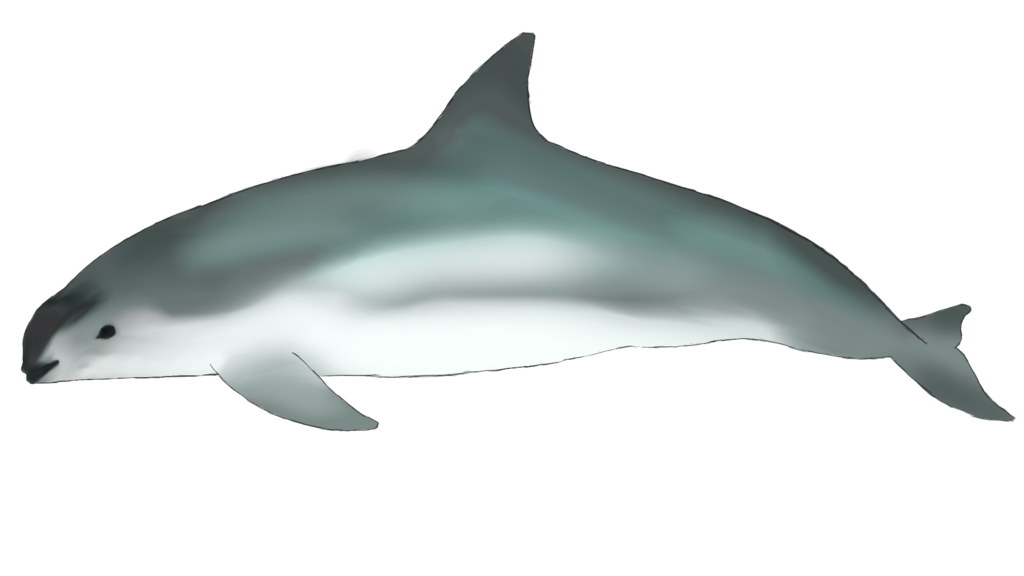
The vaquita porpoise, a small marine mammal found in the Gulf of California, is critically endangered, with fewer than 10 individuals remaining. Their decline is largely attributed to illegal fishing practices, where they become entangled in gillnets intended for the totoaba fish. Conservationists are urgently working to remove these nets and enforce fishing bans. The vaquita symbolizes the devastating impact human activities can have on marine life.
Sumatran Orangutan’s Habitat Destruction
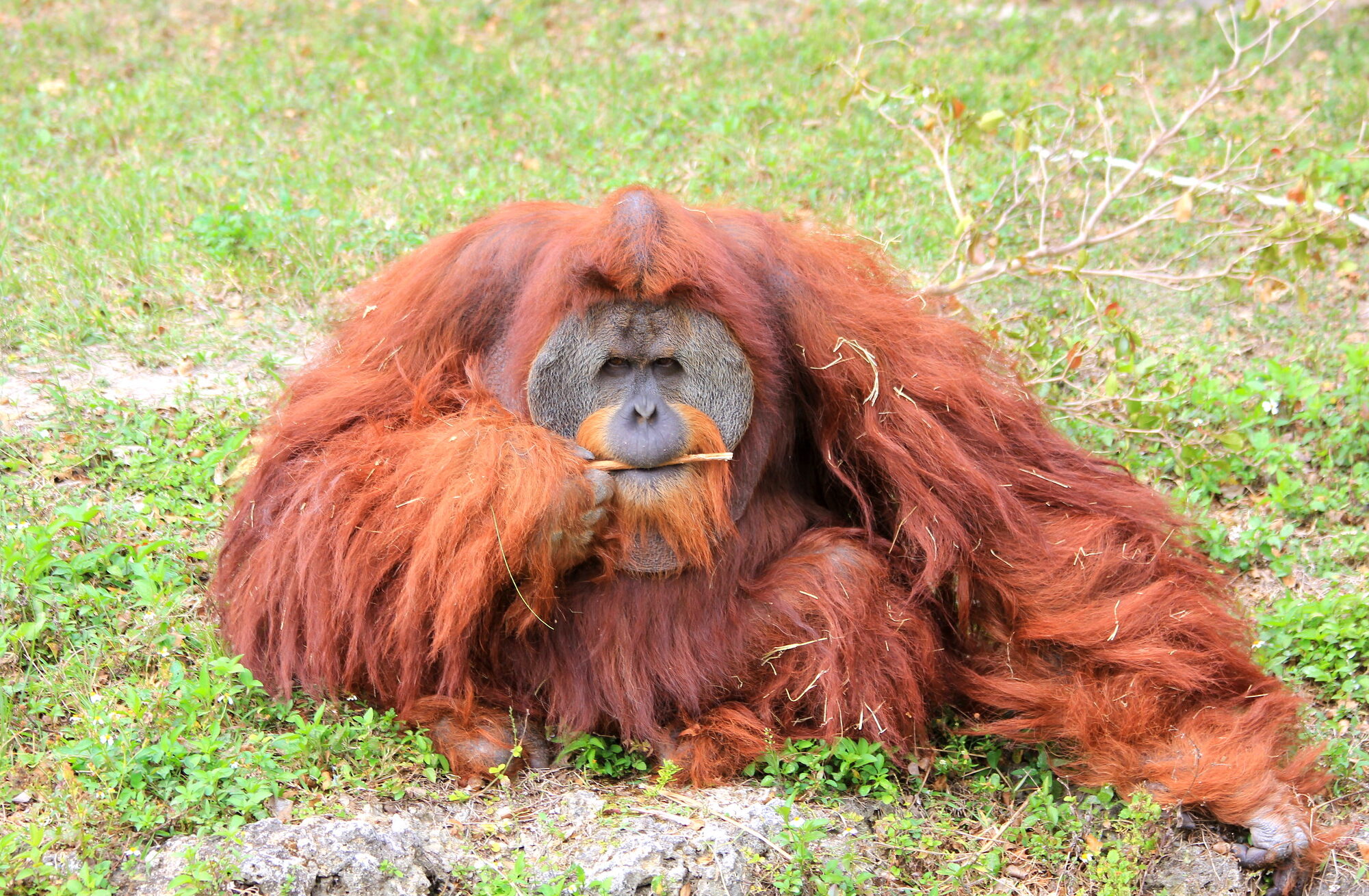
The Sumatran orangutan, native to the island of Sumatra, Indonesia, is critically endangered due to rampant deforestation and habitat fragmentation. Palm oil plantations and illegal logging have destroyed much of their rainforest home, isolating populations and reducing genetic diversity. These intelligent primates play a vital role in seed dispersal and forest regeneration. Their plight highlights the broader environmental consequences of unsustainable agricultural practices.
Mountain Gorilla’s Conservation Success
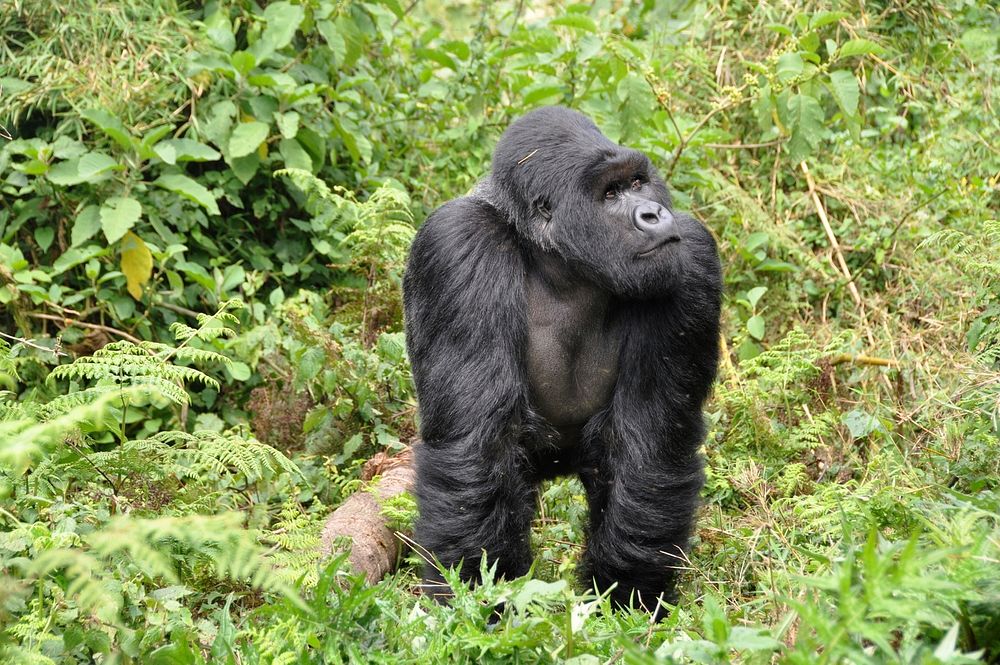
Mountain gorillas, found in the forests of the Virunga Mountains and Bwindi Impenetrable Forest, have seen a remarkable recovery thanks to dedicated conservation efforts. Once on the brink of extinction, their population has grown to over 1,000 individuals due to anti-poaching patrols, veterinary care, and ecotourism. Their story is a testament to what can be achieved when local communities and international organizations collaborate. People believe this success offers hope for other endangered species.
Javan Rhino’s Limited Range
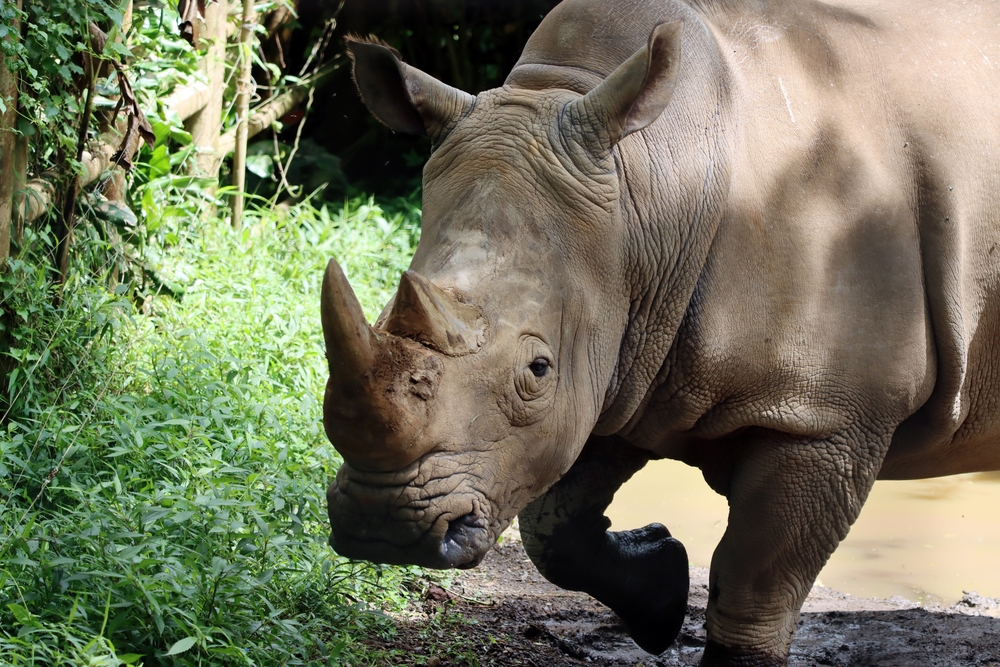
The Javan rhino, one of the rarest large mammals, survives in just one national park in Indonesia, with an estimated 72 individuals remaining. Their limited range makes them extremely vulnerable to natural disasters, disease, and poaching. Conservationists are working to expand their habitat and reduce human-wildlife conflict. The Javan rhino represents the fragility of species with highly restricted distributions.
Hawksbill Turtle’s Shell Trade
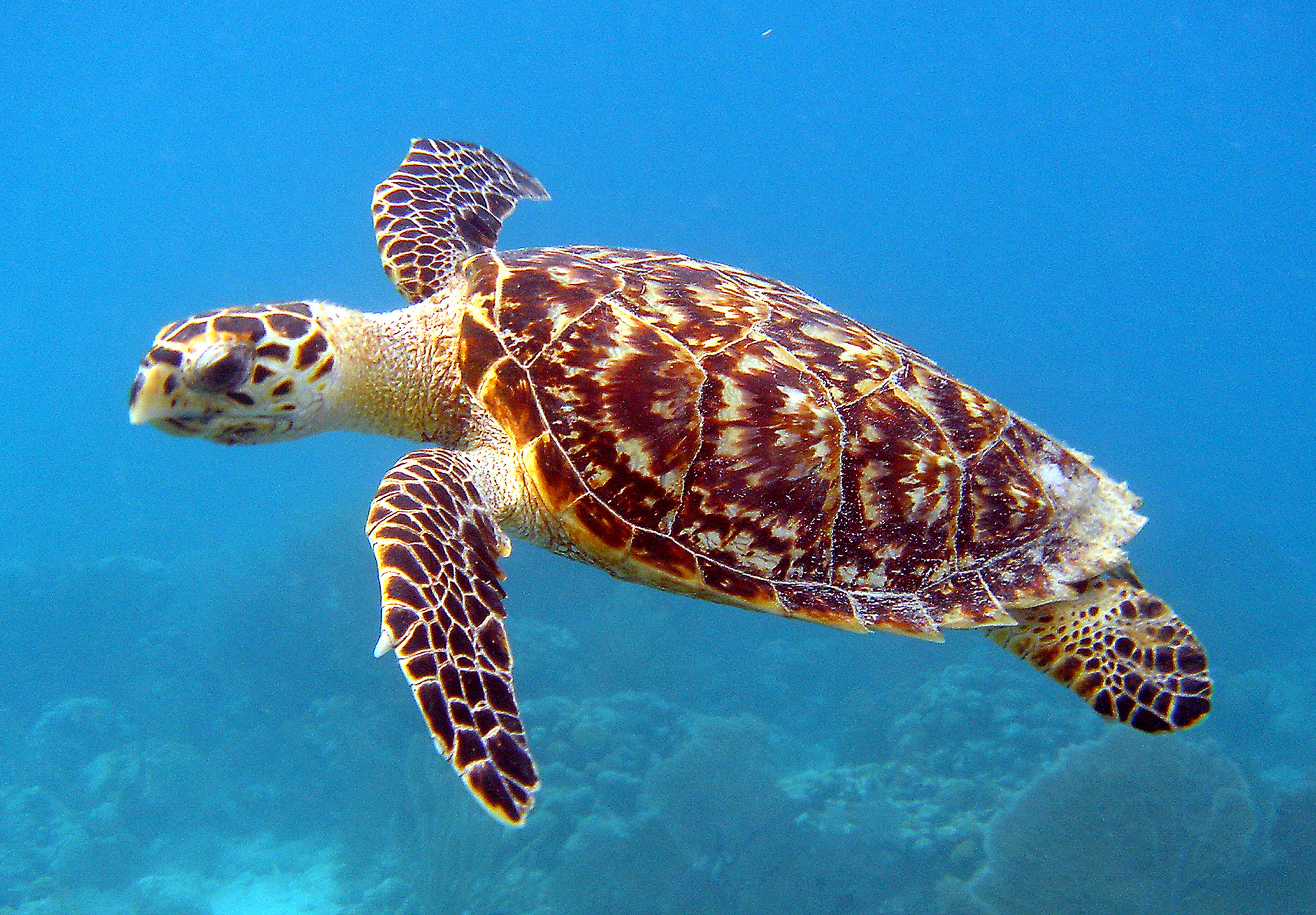
The hawksbill turtle, known for its beautifully patterned shell, is critically endangered due to illegal trade and habitat loss. Their shells, often used in jewelry and ornaments, have made them a target for poachers despite international trade bans. Conservation efforts include protecting nesting sites and reducing bycatch in fisheries. This species underscores the complex challenges of combating wildlife trafficking.
Snow Leopard’s High-Altitude Habitat
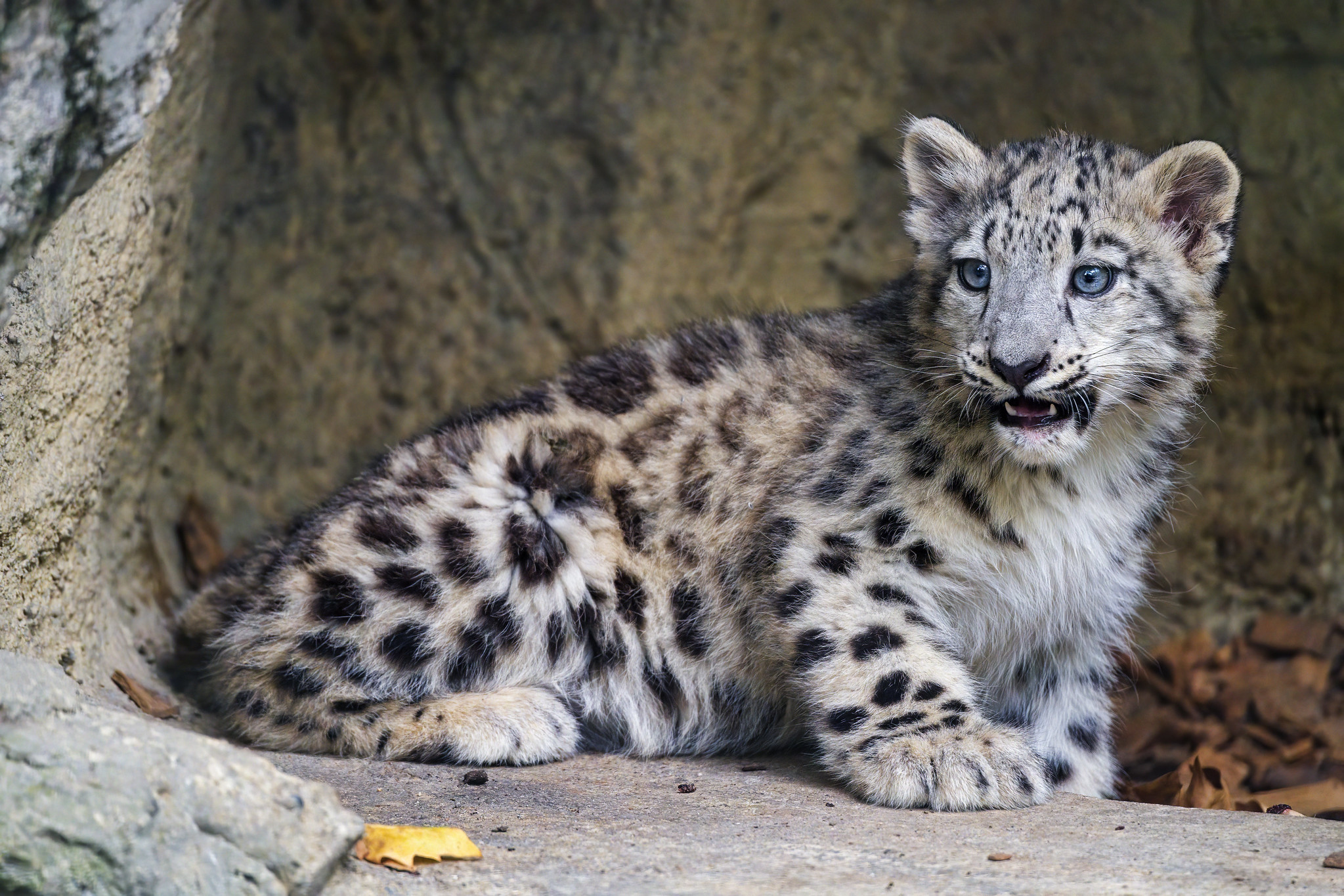
Snow leopards, elusive big cats of the mountainous regions of Central Asia, are endangered due to habitat loss, poaching, and human-wildlife conflict. Their ability to thrive in harsh, high-altitude environments makes them unique, but also difficult to study and protect. Conservation programs focus on community engagement and conflict mitigation. Snow leopards are often seen as symbols of the wild, untamed nature of remote mountain landscapes.
Yangtze Finless Porpoise’s Riverine Life
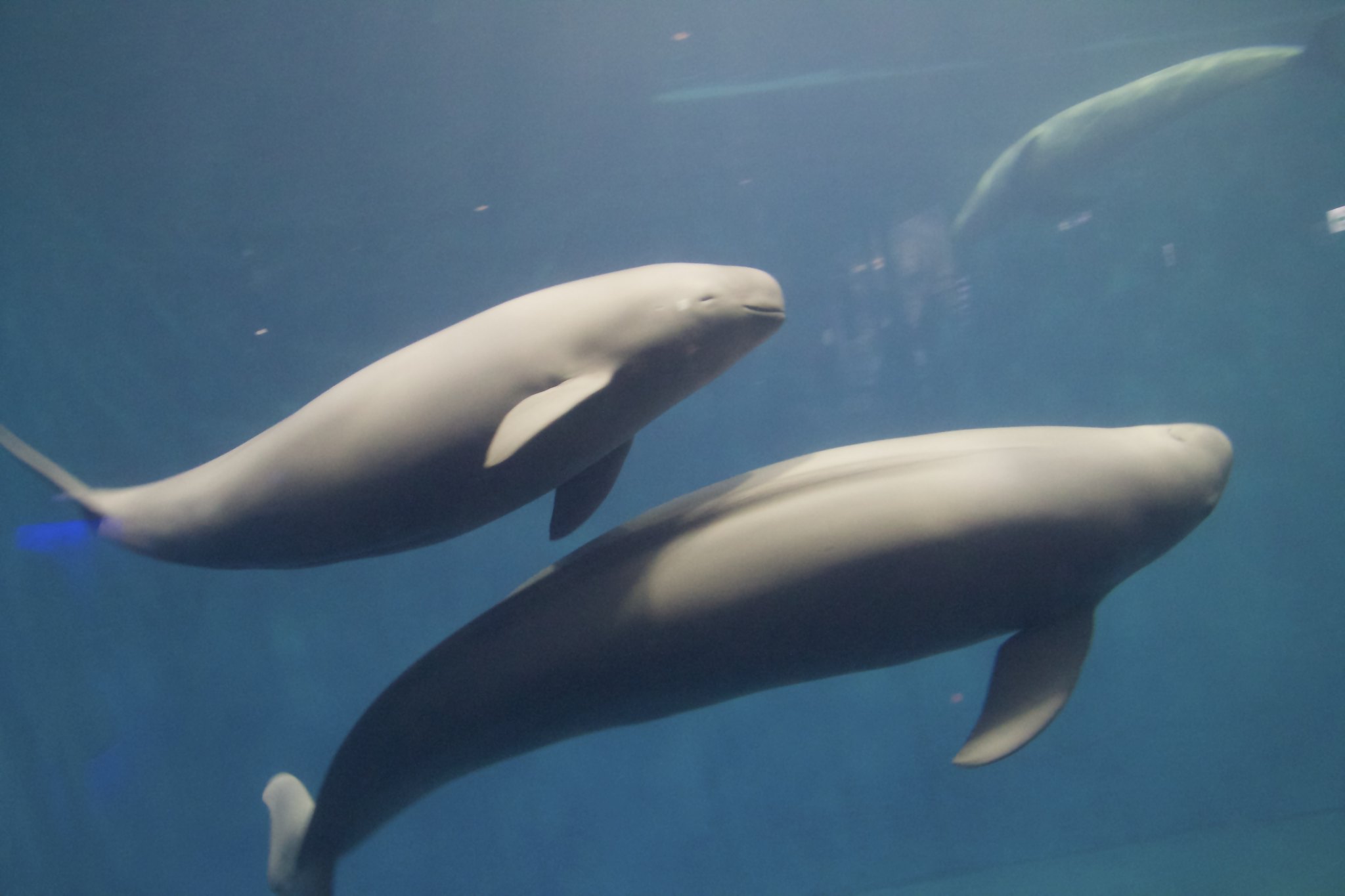
The Yangtze finless porpoise, a freshwater cetacean, is critically endangered with only around 1,000 individuals remaining. Industrial pollution, habitat degradation, and ship traffic in the Yangtze River have severely impacted their population. Conservationists are working to improve water quality and create protected areas. The plight of this porpoise highlights the broader environmental issues facing one of the world’s most important river systems.
Philippine Eagle’s Apex Predator Role
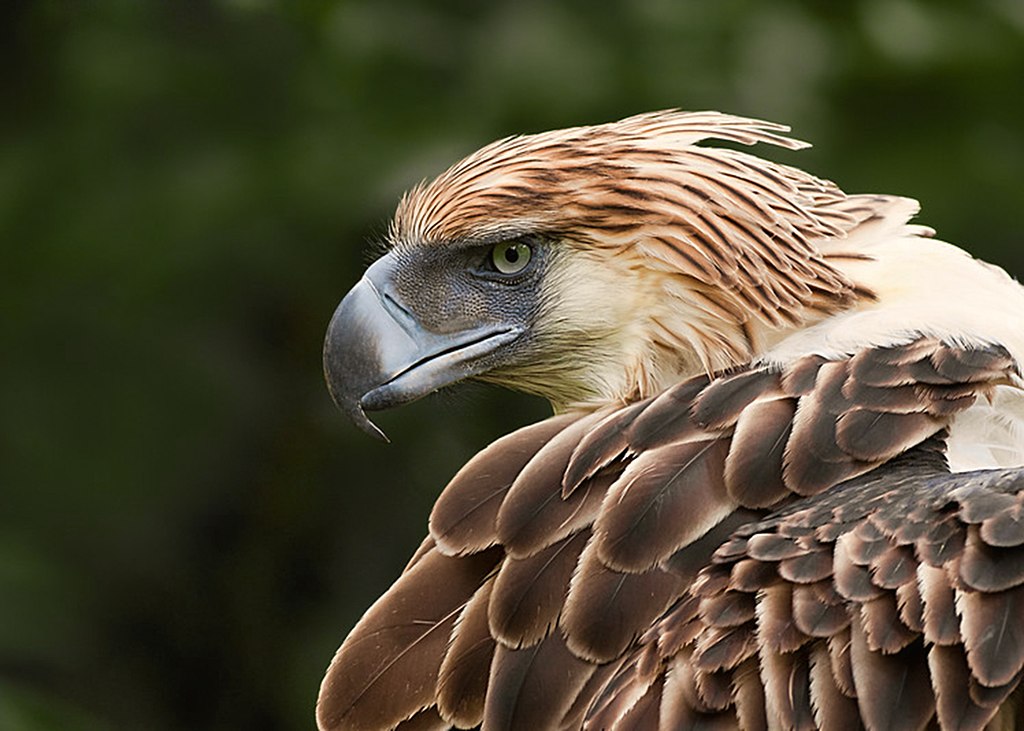
The Philippine eagle, one of the largest and most powerful birds of prey, is critically endangered due to deforestation and hunting. As apex predators, they play a crucial role in maintaining the balance of their forest ecosystems. Conservation efforts focus on habitat protection and captive breeding programs. The Philippine eagle is a national symbol of the Philippines and a flagship species for rainforest conservation.
Black Rhino’s Horn Demand
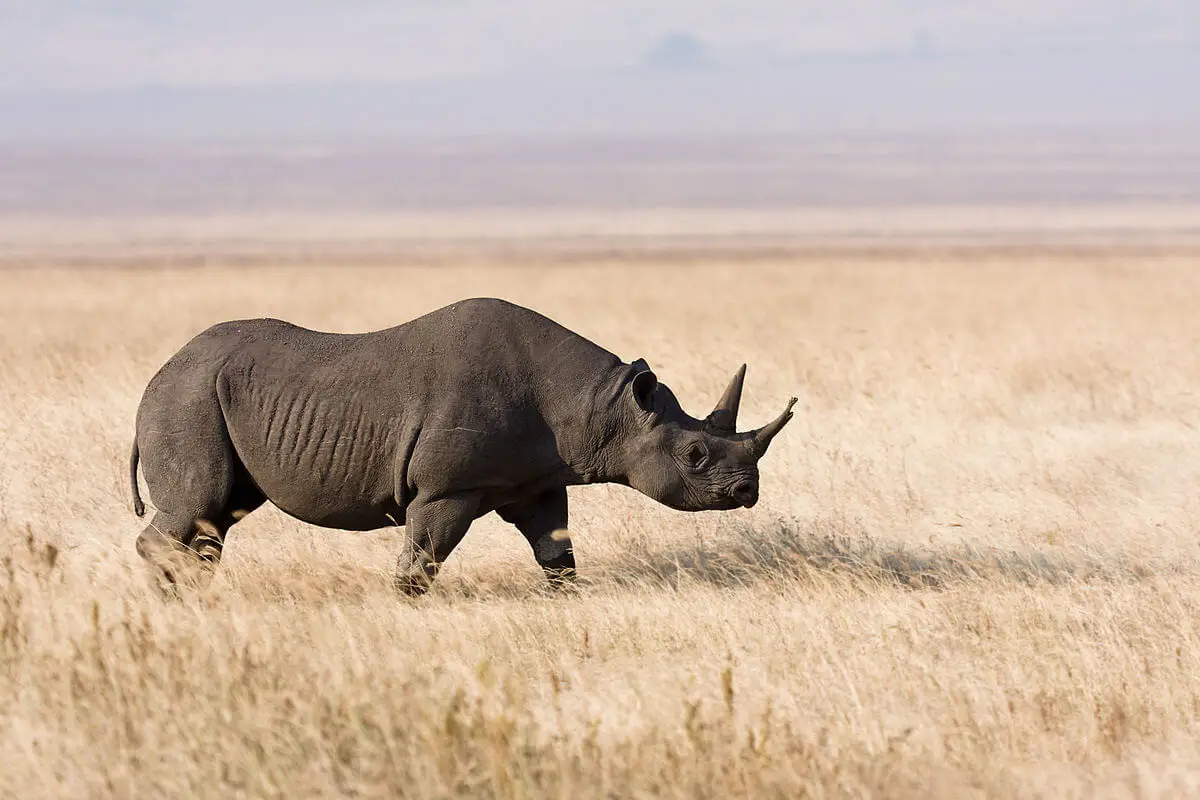
The black rhino, native to Africa, is critically endangered due to poaching driven by the high demand for their horns in traditional medicine and as status symbols. Despite significant anti-poaching efforts, including dehorning and relocation, the threat persists. Conservationists emphasize the importance of reducing demand through education and legal enforcement. The black rhino’s struggle underscores the global impact of wildlife trafficking.
Addax Antelope’s Desert Adaptation
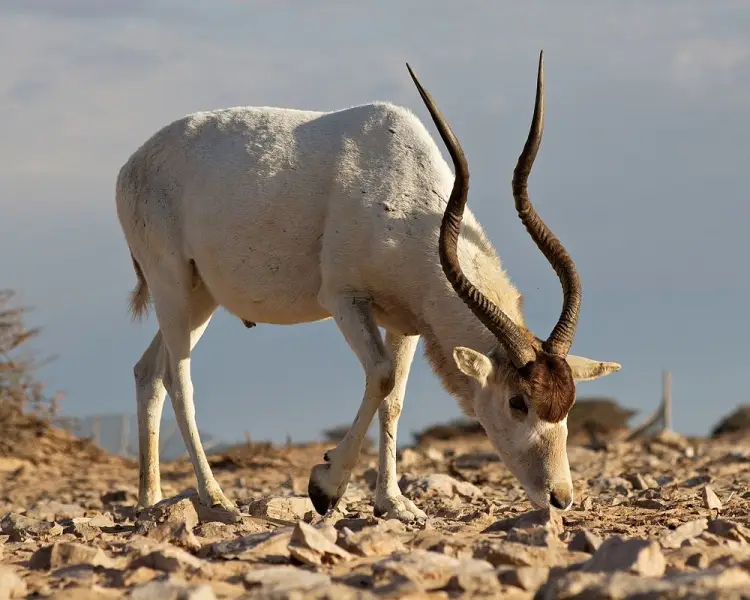
The addax antelope, adapted to life in the Sahara Desert, is critically endangered with fewer than 100 individuals left in the wild. Overhunting and habitat disturbance from oil exploration have decimated their population. Conservation efforts include breeding programs and habitat restoration. The addax represents the delicate balance required to sustain life in harsh desert environments.
Saola’s Mystery and Rarity
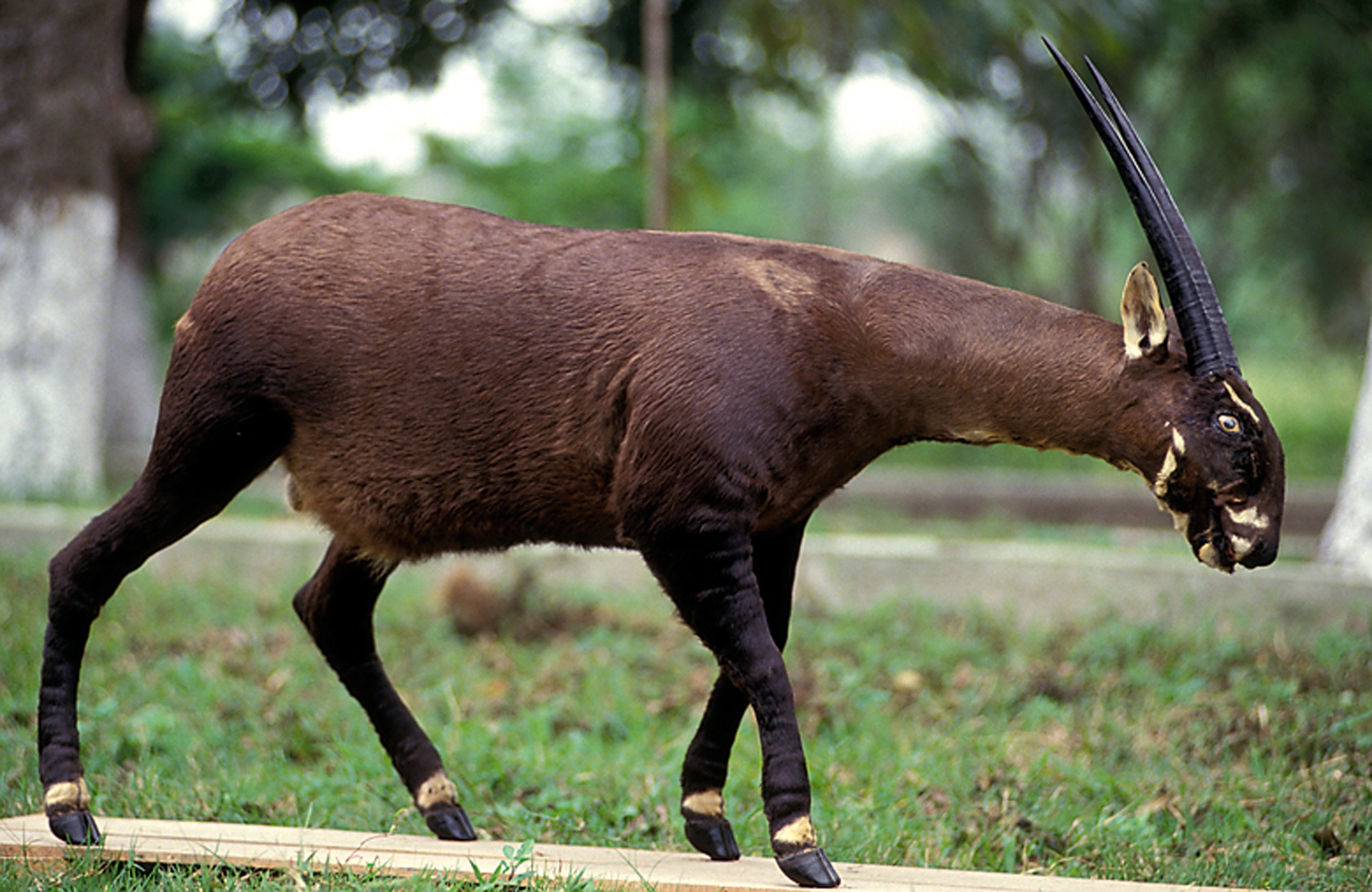
The saola, also known as the “Asian unicorn,” is one of the world’s rarest and least understood large mammals, found in the Annamite Range of Vietnam and Laos. Discovered only in 1992, very few individuals have been seen, and little is known about their ecology. Conservation efforts focus on protecting their habitat and mitigating hunting pressures. The saola’s elusive nature makes it a symbol of the hidden biodiversity in remote forests.
Western Lowland Gorilla’s Disease Threat
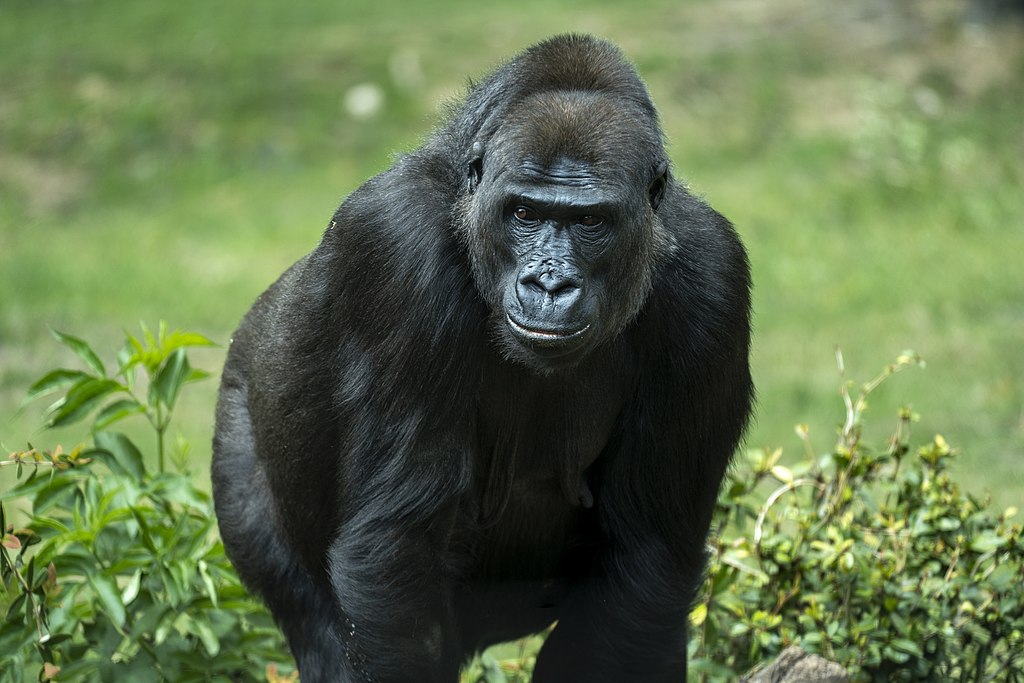
Western lowland gorillas, found in the dense rainforests of Central Africa, are critically endangered due to poaching and disease, particularly the Ebola virus. These gorillas are vital seed dispersers, contributing to forest health. Conservation initiatives include anti-poaching patrols and health monitoring. Their susceptibility to diseases shared with humans highlights the interconnectedness of wildlife and human health.
Kakapo’s Unique Nocturnal Lifestyle
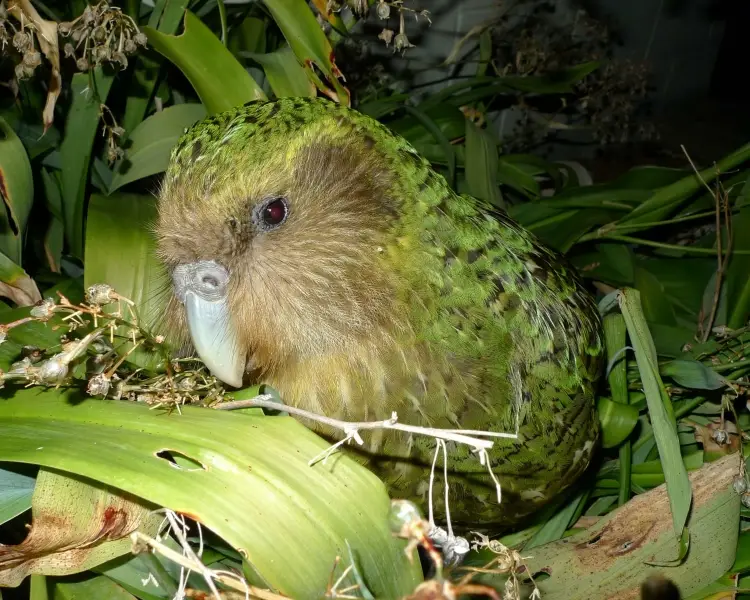
The kakapo, a flightless, nocturnal parrot from New Zealand, is critically endangered with only about 200 individuals remaining. Intensive conservation efforts, including predator control and supplementary feeding, have helped stabilize their population. Kakapos have a unique mating system called lekking, where males gather to attract females with booming calls. This species exemplifies the importance of preserving unique evolutionary lineages.
Leatherback Turtle’s Migratory Challenges
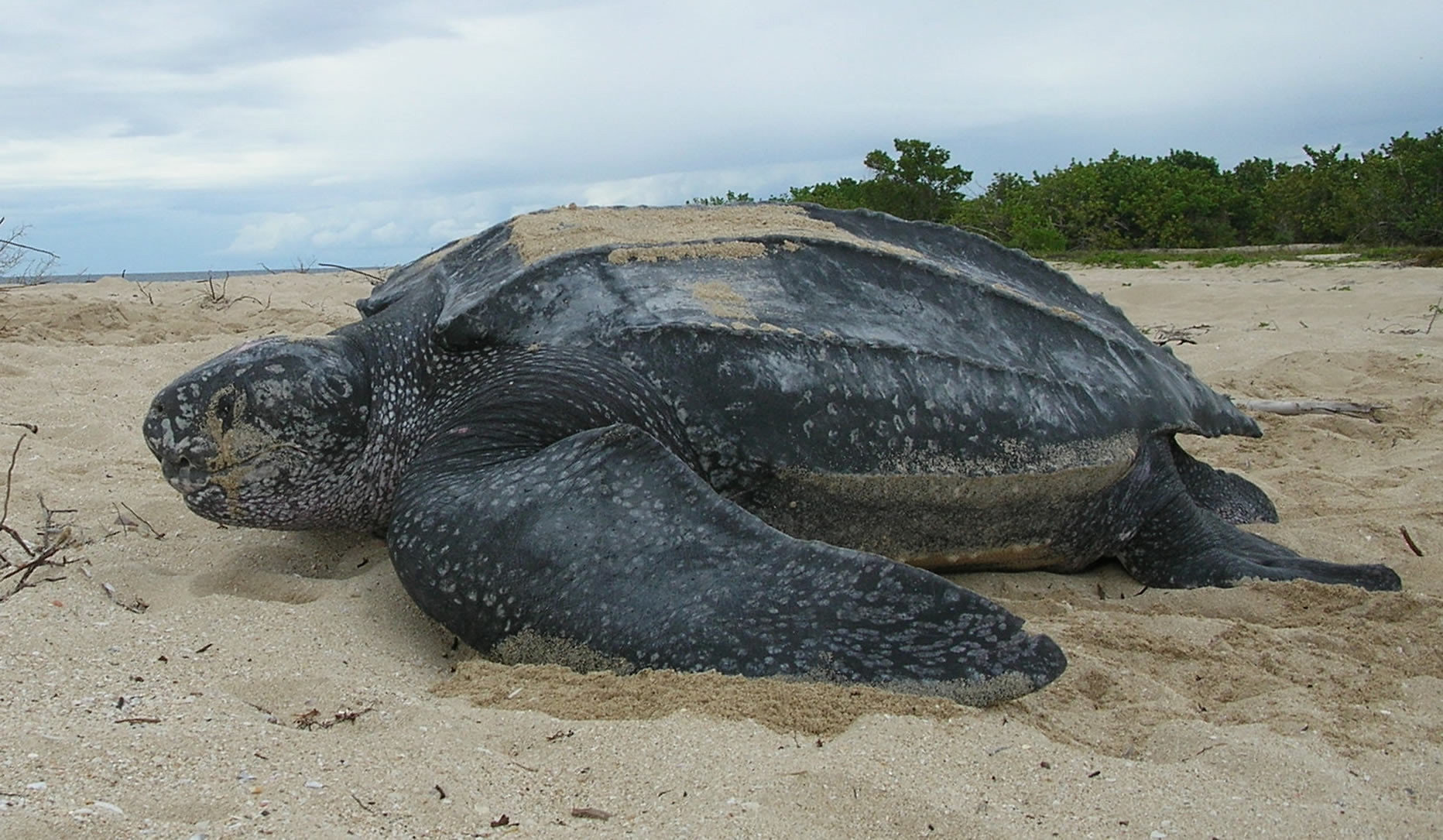
The leatherback turtle, the largest of all sea turtles, is critically endangered due to fisheries bycatch, coastal development, and plastic pollution. They undertake extensive migrations across oceans, facing numerous threats along the way. Conservation efforts include protecting nesting beaches and reducing bycatch. The leatherback’s extensive range makes it a flagship species for marine conservation.
Iberian Lynx’s Conservation Success
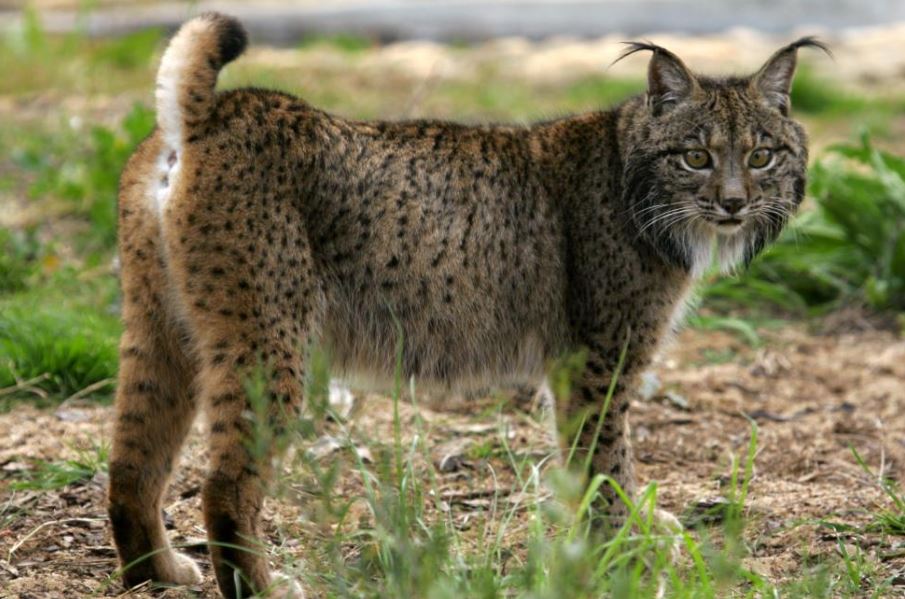
The Iberian lynx, once the world’s most endangered cat, has seen a significant population increase due to intensive conservation efforts in Spain and Portugal. Habitat restoration, prey availability, and captive breeding programs have boosted their numbers to over 800 individuals. Their recovery is a model for large carnivore conservation. The Iberian lynx’s story highlights the effectiveness of coordinated conservation strategies.
Cross River Gorilla’s Fragmented Habitat
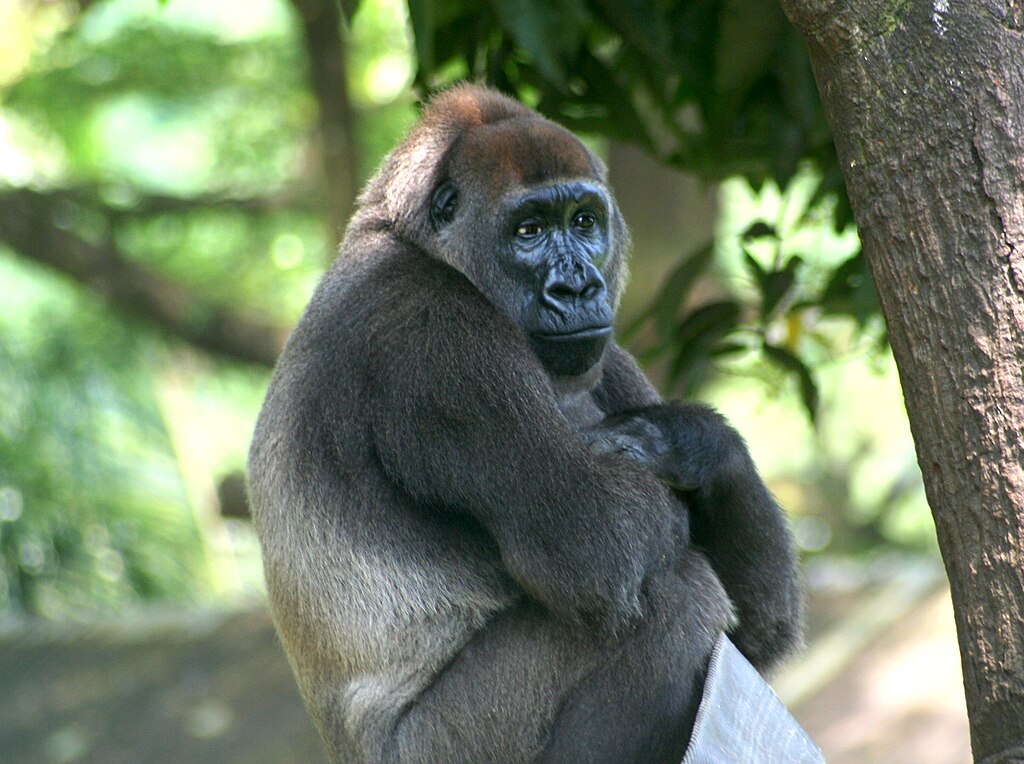
The Cross River gorilla, the most endangered great ape, lives in a small area on the border of Nigeria and Cameroon. Habitat fragmentation and poaching have severely limited their population, estimated at fewer than 300 individuals. Conservation efforts focus on habitat connectivity and anti-poaching measures. These gorillas represent the challenges of conserving species in politically and geographically complex regions.
Pangolin’s Illegal Wildlife Trade
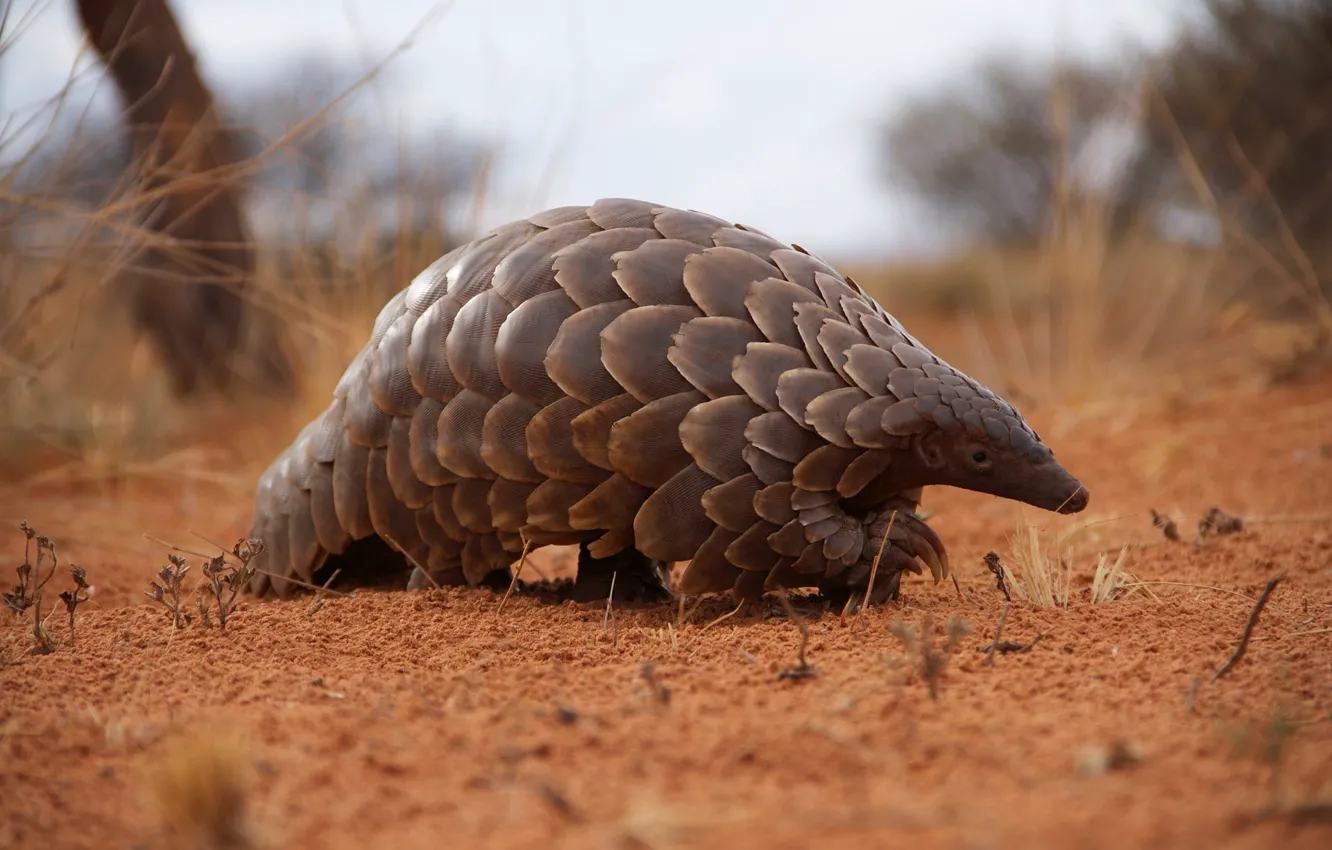
Pangolins, often called “scaly anteaters,” are the most trafficked mammals in the world due to high demand for their scales and meat. All eight species of pangolins are threatened by illegal trade, despite international protections. Conservationists are working to reduce demand and enhance law enforcement. Pangolins highlight the urgent need to address wildlife trafficking on a global scale.
Galápagos Penguin’s Unique Equatorial Habitat
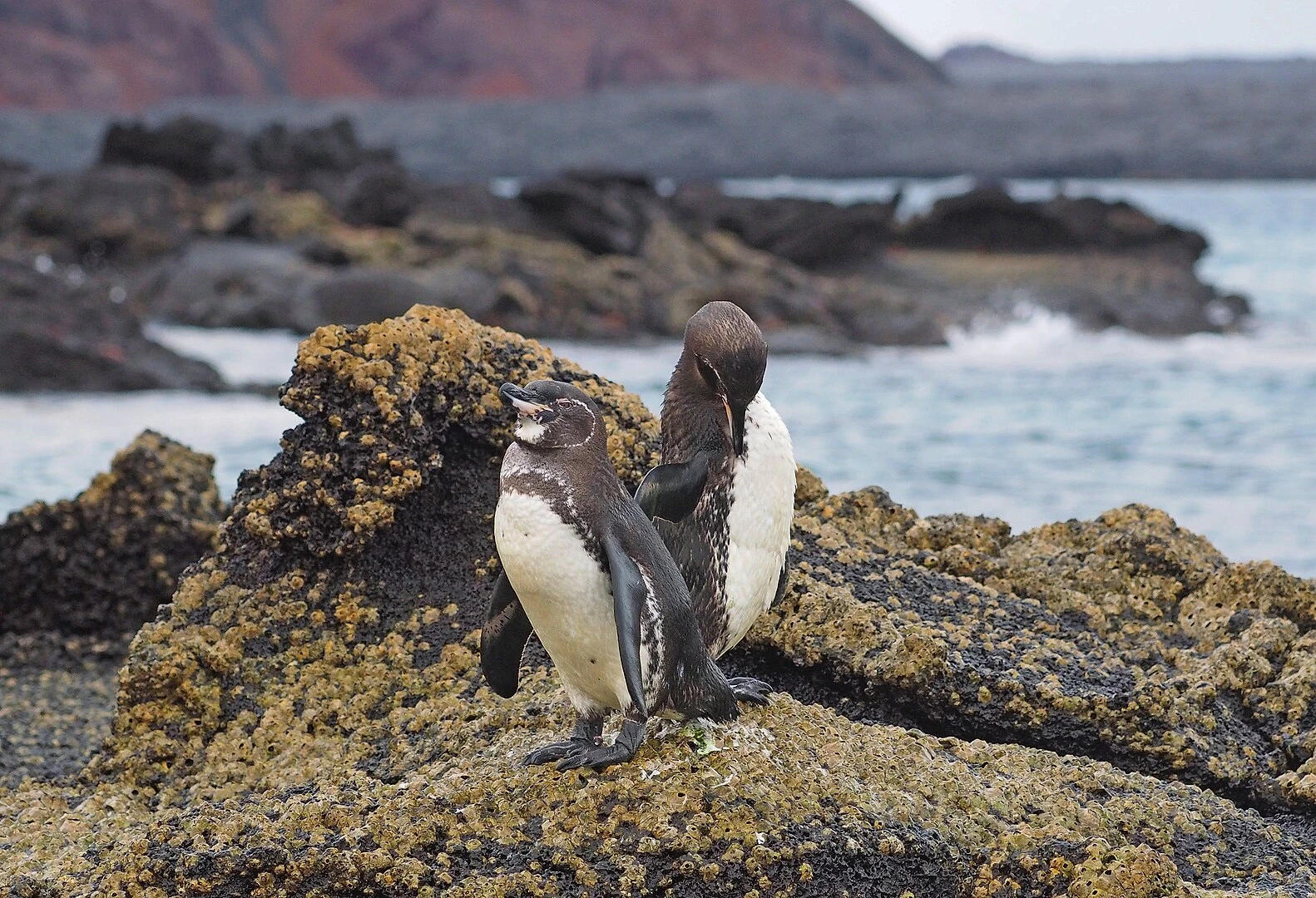
The Galápagos penguin is the only penguin species found north of the equator, living in the unique ecosystem of the Galápagos Islands. Their population is threatened by climate change, which affects their food supply and breeding success. Conservation efforts include habitat protection and research on climate resilience. The Galápagos penguin symbolizes the vulnerability of species to global environmental changes.
Amur Tiger’s Conservation Challenges
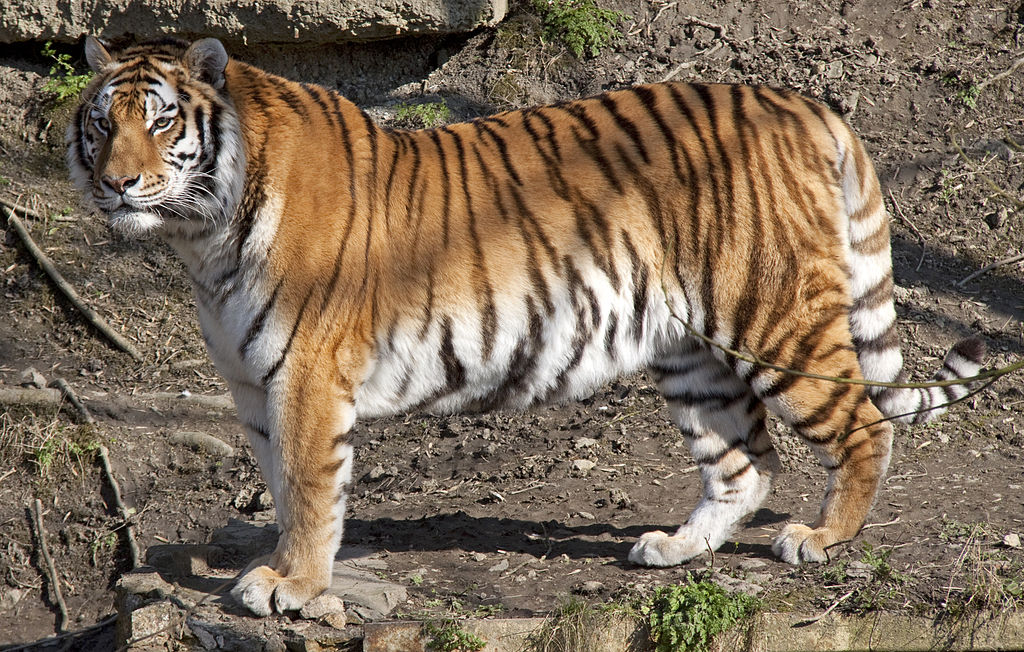
The Amur tiger, also known as the Siberian tiger, is endangered with a population of around 500 individuals in the wild. Habitat loss, poaching, and human-wildlife conflict pose significant threats. Conservation efforts focus on habitat preservation, anti-poaching measures, and human-tiger conflict mitigation. The Amur tiger represents the broader challenges of large carnivore conservation in human-dominated landscapes.
Let’s join hands to ensure the survival of these remarkable species and preserve the rich tapestry of life on our planet. Together, we can make a difference and secure a brighter future for both humans and wildlife alike.
This article originally appeared on UnifyCosmos.
More from UnifyCosmos
23 Memorable Cameos by Famous Actors

These surprise performances, whether comedic, dramatic, or unexpected, have delighted audiences and added an extra layer of excitement to films and TV shows. Read more!
22 Surprising Benefits of Common Household Plants

From improving air quality to boosting mood and reducing stress, these green companions are more valuable than you might think. Explore how simple greenery can enhance your home and well-being. Read more!
24 Ways to Encourage Personal Growth in Relationships

Here are some valuable tips to help you maintain your sense of self while nurturing a loving and supportive relationship. Read more!
Leave a Reply